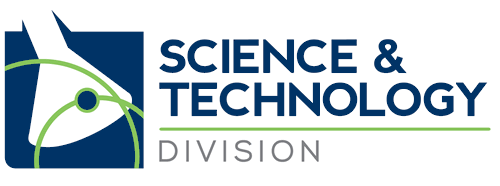1.2K
Dear readers, it is my pleasure to present this summary of the two-hour talk, given in November 2016 at the 57th Annual Conference of the American Translators Association in San Francisco, California, entitled “Seeing Voices: Using Light to Restore and Preserve Early Recorded Sound.” It was a fascinating inside look into the type and level of material that a scientific/technical translator or interpreter might have to render into another language. Dr. Haber, our division’s guest speaker for this year’s ATA conference, received a MacArthur Fellowshipin 2013 and he is the director of the IRENE project at the Lawrence Berkeley Laboratory, which, according to the MacArthur Foundation’s website, uses “a non-contact method for extracting high-quality sound from degrading or even broken analog recordings on two- or three-dimensional media.”
Dr. Haber began his talk by explaining the nature of sound and what it means to record it, presenting the technical issues that surround preservation of and access to historical sound recordings. In the second hour, he discussed various historical collections and showed us how technology is used to support historical collections. Throughout his presentation, Dr. Haber played many early experimental recordings, sharing with us some of the important records that he and his team had been able to extract from early media such as paper, foil, and the later, more well-known, wax cylinders used by A.G. Bell and T.A. Edison.
Dr. Haber stated that recording is an “ordered correspondence between magnitude and time,” and defined sound as “a propagating periodic compression and rarefactionof matter,” i.e. a wave. He discussed three major early developers of sound recording: Édouard-Léon Scott de Martinville (relevant years 1853-1860), T.A. Edison (1877), and A.G. Bell (1881). Our speaker explained to us that analog sound recording deals with mapping time on a helix (cylinder) or a spiral (disc). Thus, his work focuses on the transfer to digital media of early analog recordings, which are subject to damage, or in his words, turning a sound recording into a picture using one of two non-contact methods, i.e. digital microphotography (2D) and confocal microscopy (3D). Using these methods, the physicist and his team first create an image, a “surface map,” and then use a computer program to process the image and recover the sound. They are able to fix errors by identifying aspects of the picture that correspond to, in the words of Dr. Haber, “extraneous aspects of the image” such as scratches or mold.
Dr. Haber opened the second part of his lecture by indicating that science supports historical collections (by preserving and restoring them) and he gave us various examples of how technology has been applied for this purpose. He charted the history of sound recording from its inception to the present time, citing specific examples of the evolving technology in chronological order and demonstrating how this technology led to the commercial record industry which, as he said, has now been all but wiped out by file sharing. Finally, Dr. Haber discussed field recordings that have been made for the preservation and mapping of indigenous languages, among other uses, on wax cylinders and other media such as metal discs, and related the past progress and future directions of his IRENE Project in the transfer of hundreds of thousands of historically important but fragile sound recordings.
Much more information is available at the IRENE Project’s website, and a lighter but informative article regarding the same, published in the New Yorker, can be found here. We thank Dr. Haber for being kind enough to speak to us at the ATA conference.
Dr. Carl Haber giving this lecture
Patrick Weill has been living in central Mexico for 11 years and has been translating for 10 years, now with a special focus on science and technology. He is originally from northern California and when not staring at a shiny screen he enjoys exercise, reading, family, and video games.

